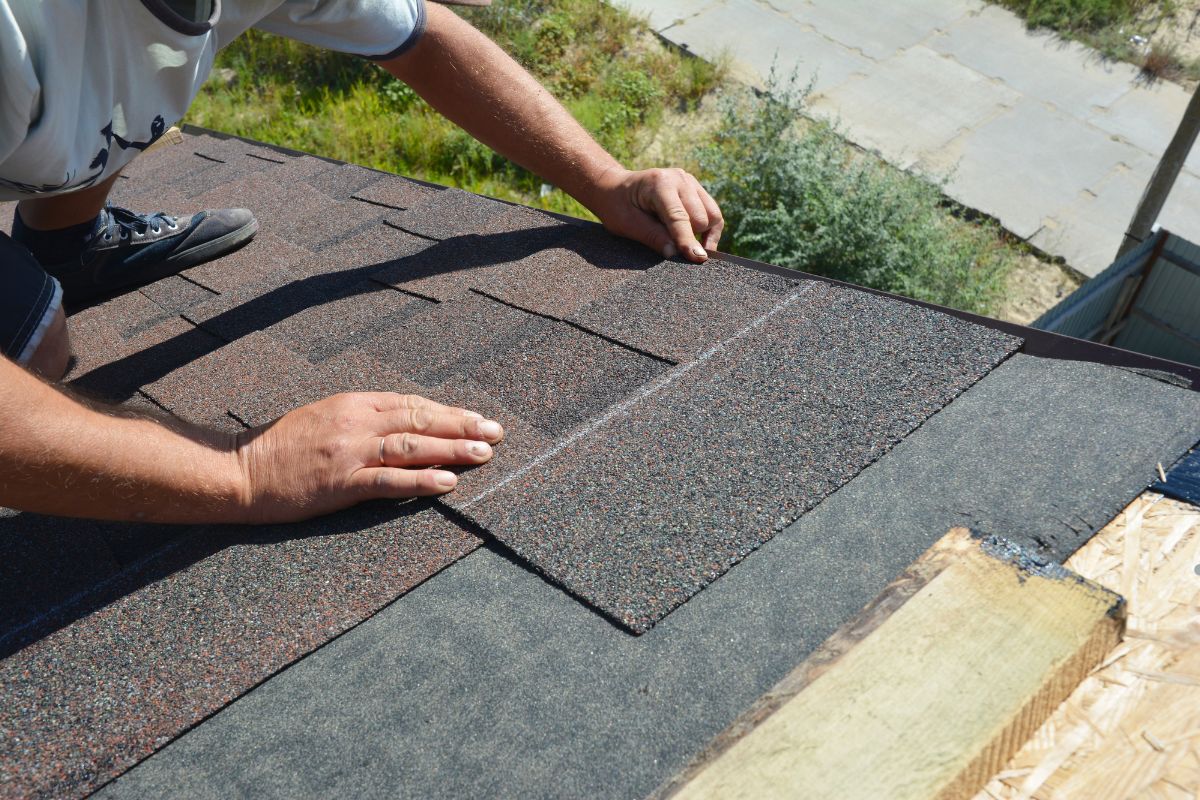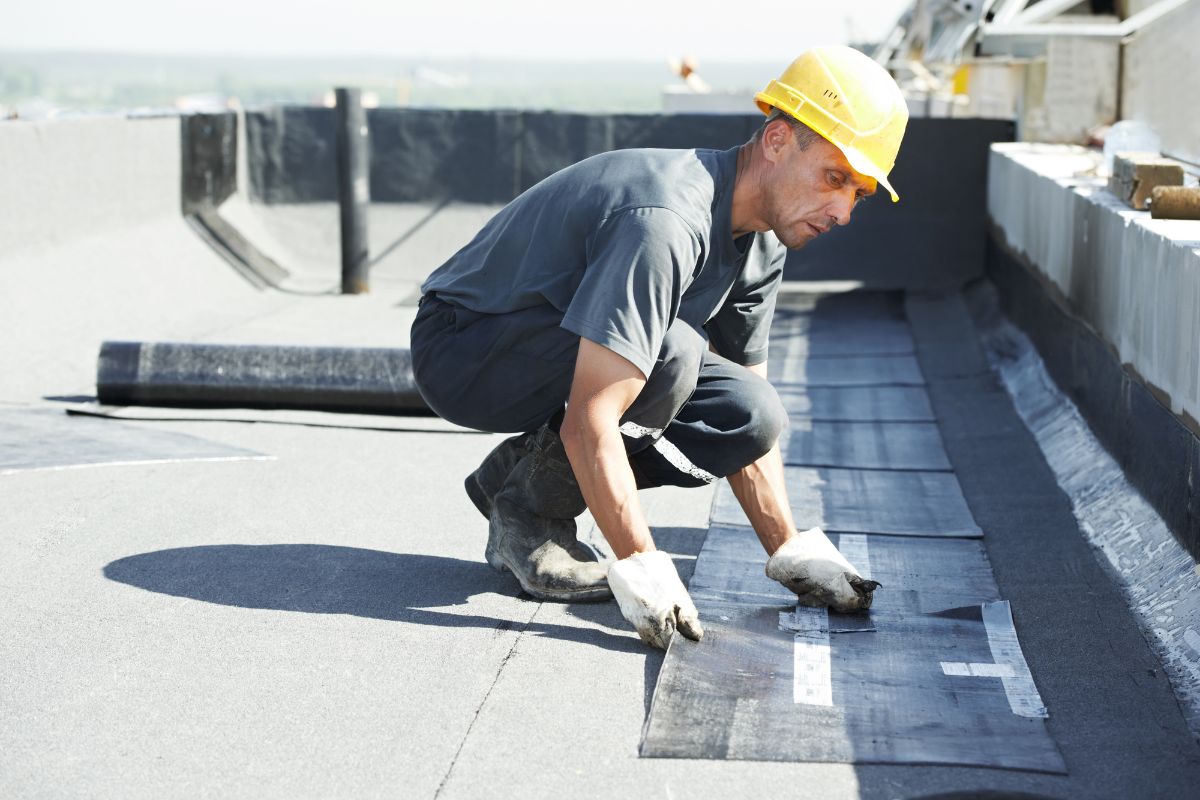
Moving heavy equipment onto a roof requires careful planning, the right tools, and strict adherence to safety protocols. Ignoring these can lead to serious injuries, equipment damage, or structural problems. This comprehensive guide will walk you through the essential steps to ensure a safe and successful operation.
The Importance of Safe Heavy Equipment Roof Access

Rooftop equipment like HVAC units, generators, and industrial machinery often requires installation, repairs, or replacement. However, lifting heavy objects to such heights carries significant risks if not handled properly. Neglecting safety precautions can result in serious damage or injury. This guide outlines essential planning, safety measures, and the right equipment for a secure and efficient transfer. Ensuring a smooth process requires careful execution to protect both people and property. Our professional roofing services provide safe and reliable rooftop equipment handling for your needs.
Planning & Preparation
Before even thinking about lifting, a detailed plan is essential.
- Assessing the Equipment: Accurately determine the weight, dimensions, and any specific handling requirements of the equipment. This information is crucial for selecting the correct lifting equipment and assessing roof load.
- Evaluating Roof Load Capacity: This is arguably the most vital step. Consult a structural engineer or qualified to assess your roof’s load-bearing capacity. Exceeding the weight limit can cause severe structural damage or even collapse.
- Securing Permits and Permissions: Check local regulations and obtain any necessary permits before starting the work. Building codes often dictate specific requirements for rooftop equipment installation and require inspections.
- Weather Considerations: Avoid moving equipment during high winds, rain, or snow. These conditions significantly increase the risk of accidents and can damage equipment.
Proper flat roof drainage is crucial for preventing water damage, leaks, and costly structural repairs. Whether you’re dealing with ponding water, clogged drains, or simply want to maintain your roof, understanding your drainage options is key. This guide covers different flat roof drainage systems, common issues, effective solutions, and preventive measures to keep your roof in top shape. For more details, check out our previous blog: Flat Roof Drainage Guide.
Essential Safety Measures
Safety is non-negotiable when moving heavy equipment on a roof.
- Personal Protective Equipment (PPE): Every member of the team must wear appropriate PPE, including hard hats, safety glasses, gloves, and safety shoes with good traction. A full-body harness with a lanyard is essential when working near the roof edge.
- Fall Protection Systems: Implement robust fall protection systems, such as guardrails, safety nets, or a personal fall arrest system (PFAS). Ensure all systems are properly installed and inspected before use.
- Communication Protocols: Establish clear communication protocols using radios or hand signals. Miscommunication can lead to dangerous errors. Designate a signal person who has a clear view of the operation and can communicate with the equipment operator.
- Emergency Preparedness: Develop a comprehensive emergency plan that outlines procedures for responding to accidents, equipment malfunctions, or sudden weather changes.
Safety is paramount when working on a roof. Every team member must wear proper PPE, including hard hats, safety glasses, gloves, and slip-resistant shoes, with a full-body harness for edge work. Implement fall protection systems like guardrails, safety nets, or PFAS, ensuring they are properly installed. Clear communication protocols using radios or hand signals help prevent errors, with a designated signal person overseeing operations. A solid emergency plan is also essential for handling accidents or sudden weather changes. For expert assistance, call us today!
Choosing the Right Equipment
The right equipment is crucial for a safe and efficient operation.
- Cranes and Hoists: Select a crane or hoist with the appropriate lifting capacity and reach. Consider factors such as the equipment’s weight, the roof’s height, and any obstructions on the ground. Consult withfor expert advice.
- Material Lifts: Material lifts are a great option for vertically lifting and moving heavy items.
- Dollies and Rollers: Use heavy-duty dollies and rollers to move equipment horizontally across the roof. Ensure they are rated for the weight of the equipment and that the roof surface is smooth and level.
- Protective Padding and Barriers: Protect the roof surface from damage by using padding and barriers under the equipment and lifting gear.
Step-by-Step Guide
Follow these steps carefully to ensure a safe and efficient move:
- Pre-Lift Inspection: Before each lift, thoroughly inspect all equipment, including slings, chains, hooks, and lifting devices. Ensure they are in good working order and free from defects.
- Setting Up the Lifting System: Position the crane, hoist, or lift in a location that provides a clear and stable lift path. Ensure the equipment is level and properly secured.
- Controlled Lifting and Lowering: Lift and lower the equipment slowly and smoothly, avoiding sudden movements or jerks. Use taglines to control the load’s movement and prevent swinging.
- Secure Placement and Anchoring: Once the equipment is on the roof, carefully position it in its designated location. Properly anchor the equipment to the roof structure according to manufacturer’s specifications and local building codes.
Avoiding Common Mistakes

Many potential pitfalls can jeopardize the safety and success of your project.
- Overloading the Roof: Exceeding the roof’s weight limit is a major risk. Always consult a structural engineer and adhere to their recommendations.
- Neglecting Weather Conditions: Never attempt to move equipment in adverse weather. Wind, rain, and snow can make the operation extremely hazardous.
- Improper Equipment Usage: Using the wrong tools or techniques can lead to equipment failure, injuries, or property damage. Always use equipment according to manufacturer’s instructions and receive proper training.
- Lack of Communication: Communication breakdowns are a frequent cause of accidents. Ensure everyone involved understands their roles and responsibilities and can communicate effectively.
When to Call in the Experts
Lifting heavy equipment onto a roof is a challenging and risky task. Without the right experience, expertise, or equipment, it’s safest to rely on professionals. Skilled crane operators can handle the job efficiently while ensuring maximum safety. Need expert help? Call us today!
Ensuring a Successful and Safe Equipment Move
Installing heavy equipment on a roof requires thorough planning, strict safety compliance, and the right tools. By following the guidelines in this article and consulting professionals when needed, you can ensure a smooth and safe operation. Need expert help? Call us today!
Frequently Asked Questions
This section addresses common questions about moving heavy equipment on roofs.
How do I determine the weight limit of my roof?
Consult a structural engineer or a qualified roofing contractor. They can assess your roof’s construction and provide accurate weight limit information.
What type of insurance do I need?
Ensure your contractor carries adequate liability insurance and workers’ compensation insurance to cover potential accidents or damage.
How much does it cost to move equipment onto a roof?
Costs vary depending on the weight and size of the equipment, the complexity of the job, and the location. Get quotes from multiple contractors to compare prices.
Can I move the equipment myself?
While small, lightweight equipment may be manageable, attempting to lift heavy or complex machinery without professional assistance is highly risky. Contact us today for safe and expert equipment handling!